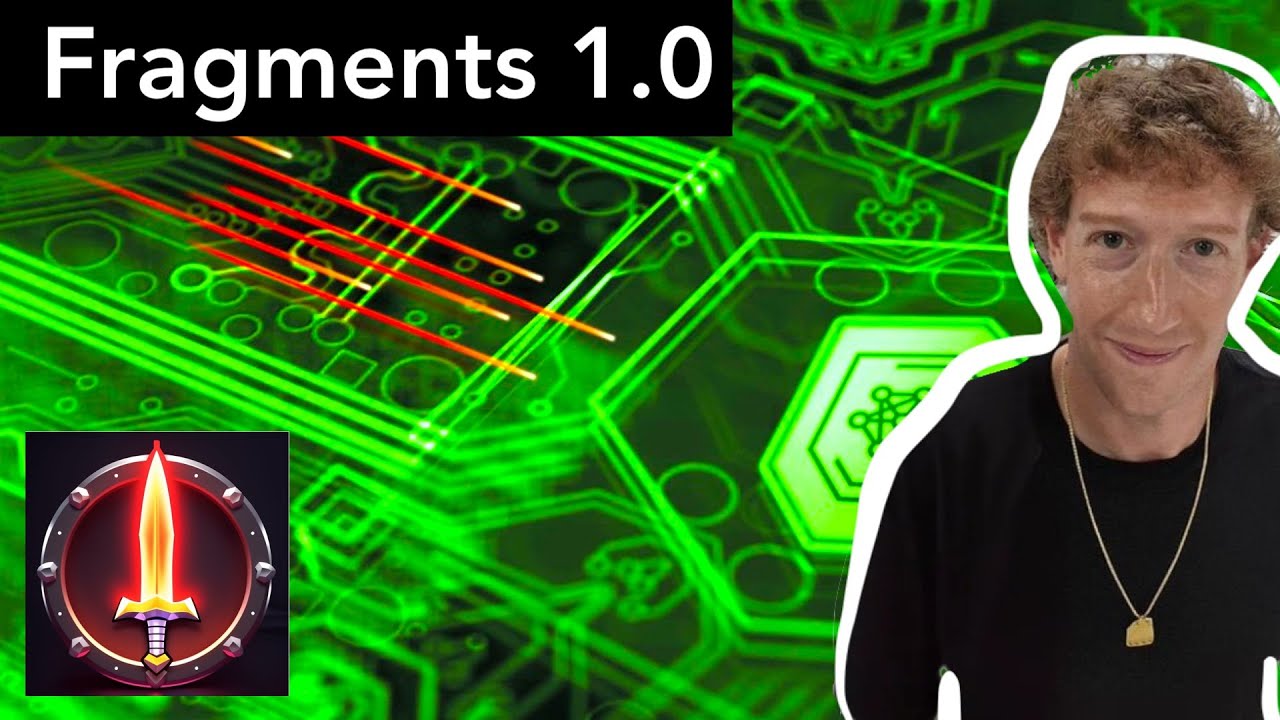The video introduces “Fragments,” an open-source tool by E2B that allows users to interact with nearly 20 different large language models (LLMs) through a user-friendly interface, facilitating smoother coding tasks and project management. It highlights the importance of effective tools for LLM interaction, showcasing Fragments’ capabilities alongside E2B’s commitment to open-source principles and secure code execution.
The video discusses the rapid expansion of large language models (LLMs) and emphasizes the importance of the tools and interfaces that allow users to interact with these models effectively. The presenter notes that while models like ChatGPT and Claude are popular, many users prefer user-friendly interfaces rather than terminal-based interactions. Tools like Cursor have gained traction for their ability to streamline the workflow between coding and using LLMs, and the video introduces a new tool called “Fragments” by E2B, which aims to provide similar functionalities to Claude’s Sonet 35 and its artifacts UI.
Fragments is described as an open-source tool that allows users to interact with nearly 20 different LLMs, each with unique templates and capabilities. The presenter likens it to an open-source version of Claude’s artifacts, enabling users to build full-stack AI applications using prompts. The tool is designed to facilitate a smoother interaction with LLMs, particularly for coding tasks, by allowing users to manage context and focus on specific files or issues within a project.
The video highlights the challenges of building effective tools for LLM interaction, noting that Cursor has successfully addressed the need for a more integrated workflow. The presenter explains how Cursor allows users to avoid the cumbersome process of switching between terminals and code editors, making it easier to provide context to the model and correct mistakes. The artifacts feature of Claude enhances this experience by providing visual feedback and versioning, which helps users refine their interactions with the model.
E2B, the company behind Fragments, is also discussed in terms of its broader offerings. They provide an SDK that allows users to run AI-generated code in a secure sandbox environment, mitigating risks associated with executing unverified code. This capability is crucial for tools like Fragments, as it enables users to test and run code safely while developing applications that leverage LLMs. The presenter notes that E2B is committed to open-source principles, providing extensive documentation and a public changelog to keep users informed about updates and features.
The video concludes with a demonstration of the Fragments tool, showcasing its user-friendly interface and the ability to create a simple application that generates images from tweet links. The presenter expresses admiration for the tool’s architectural choices and the quality of the generated code. They invite viewers to share their thoughts on the features they would like to see in LLM tools and whether they believe local code execution should be more widely supported across different models. Overall, the video serves as an informative introduction to Fragments and its potential to enhance the user experience with LLMs.
